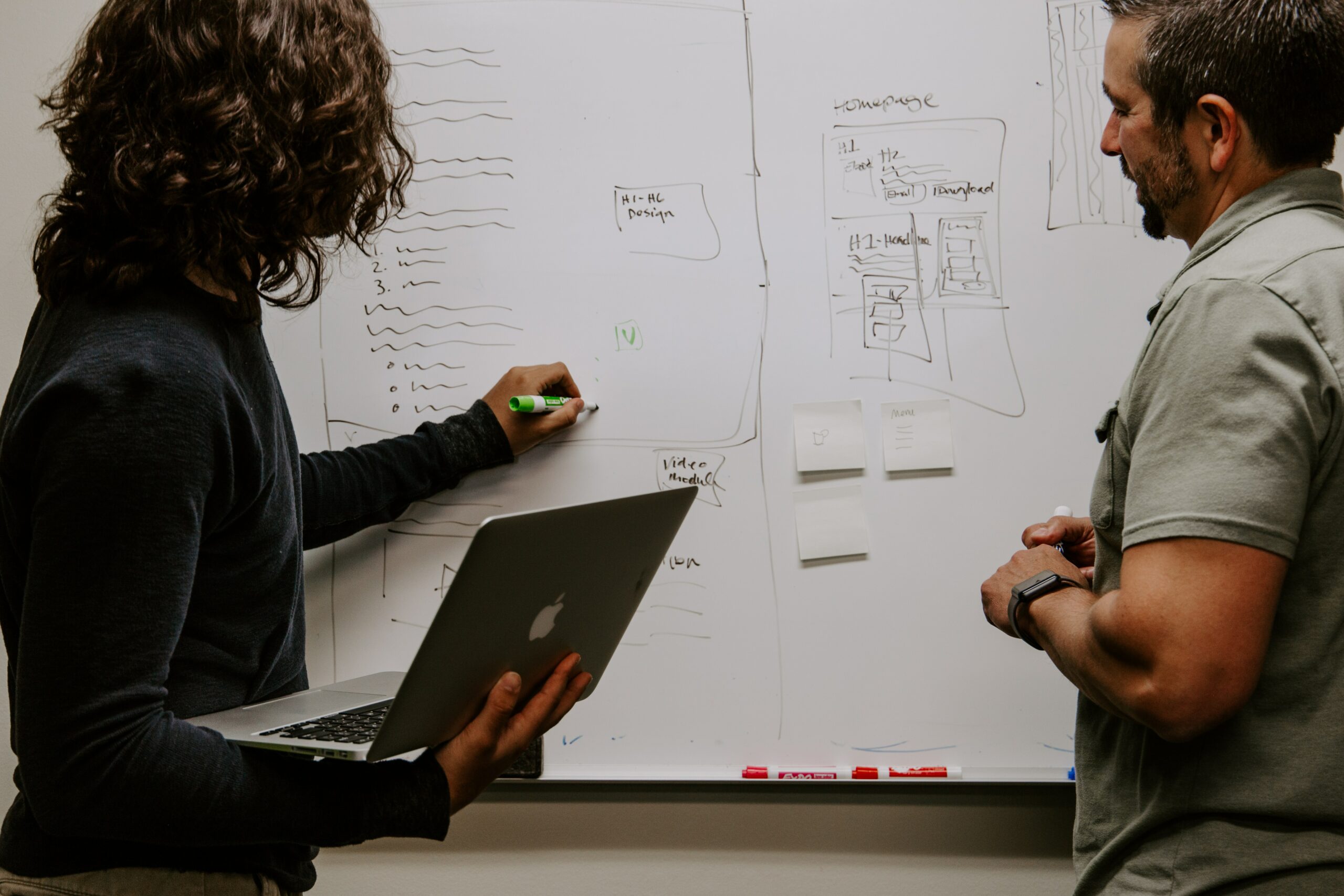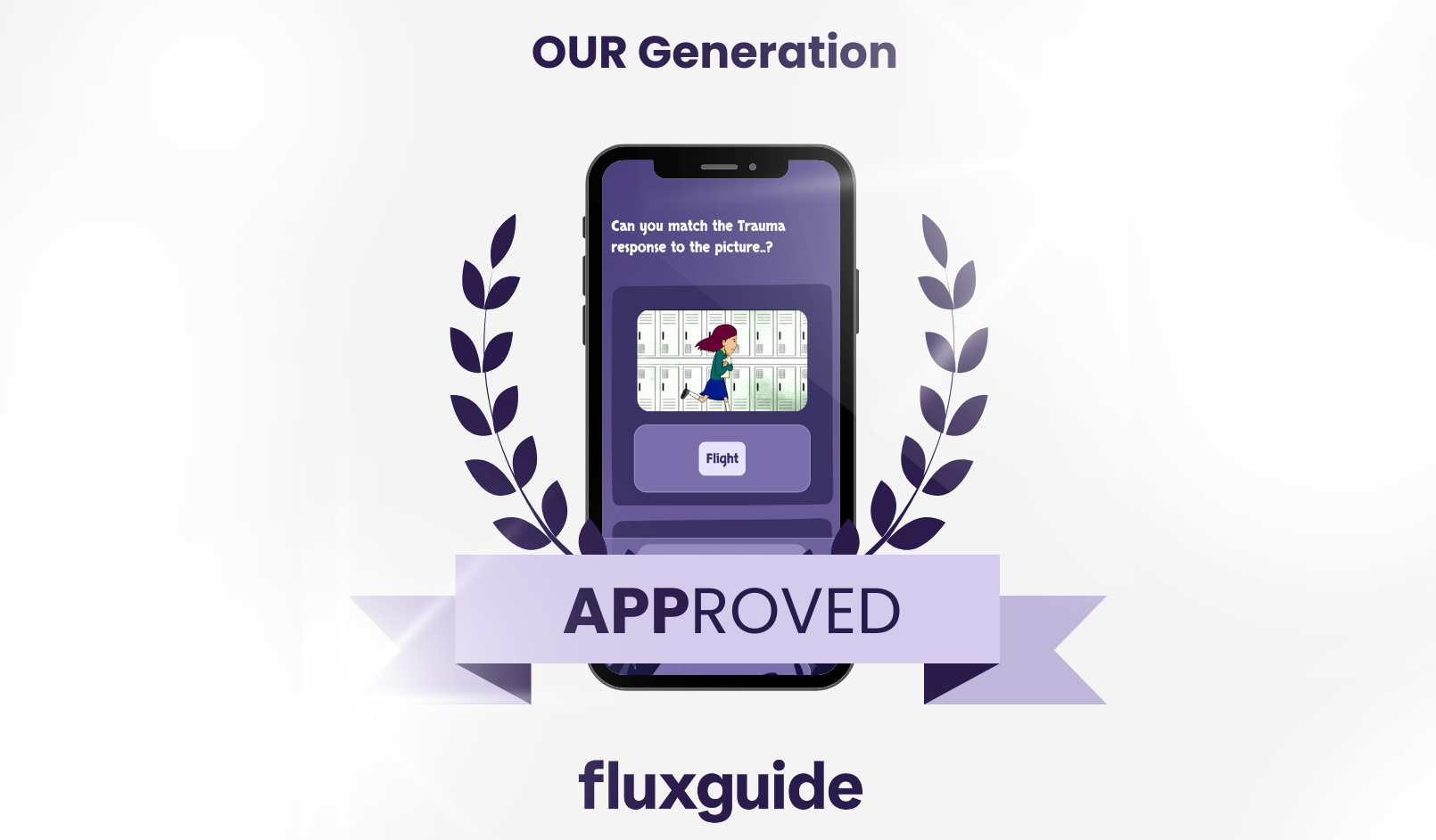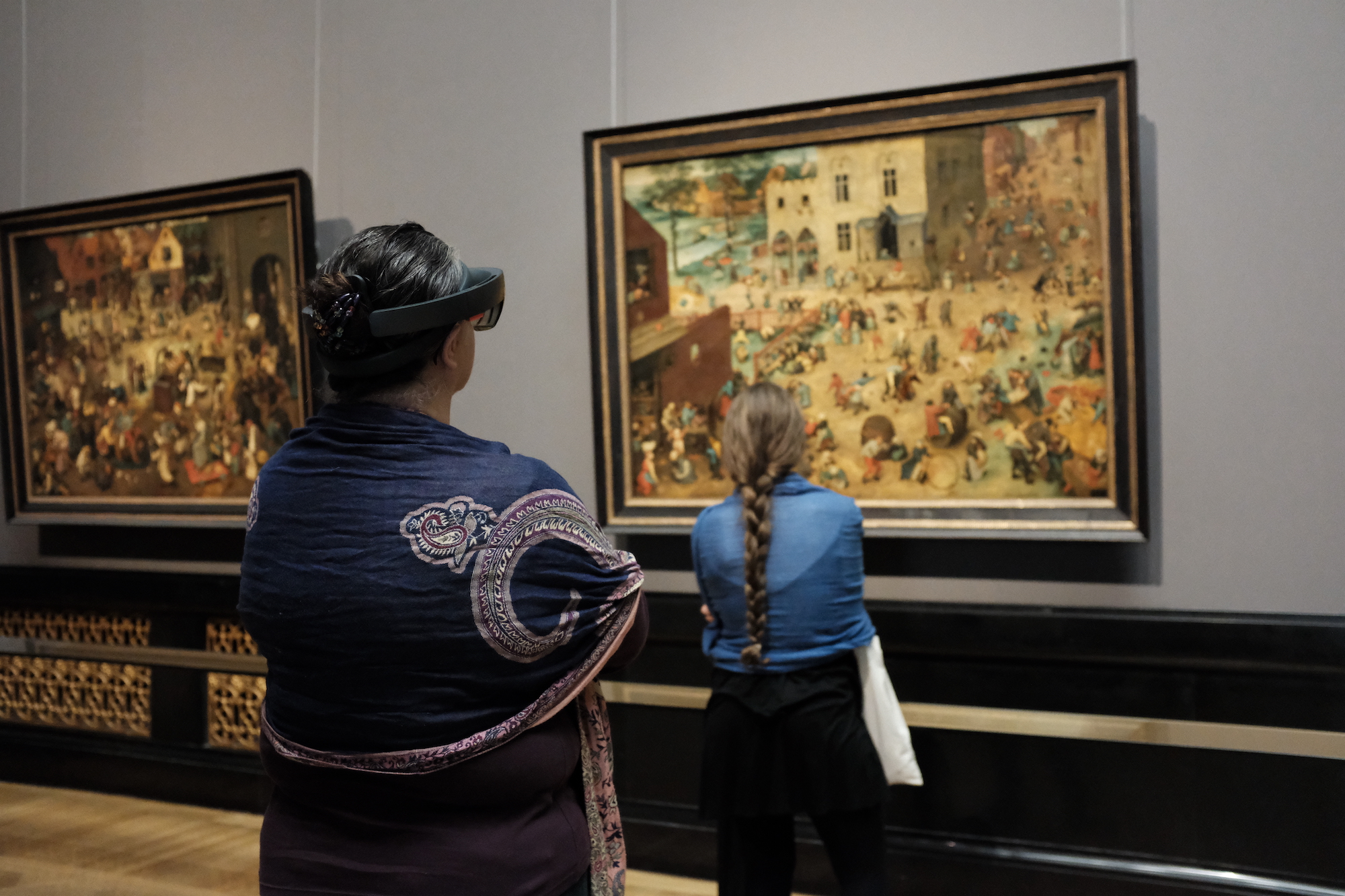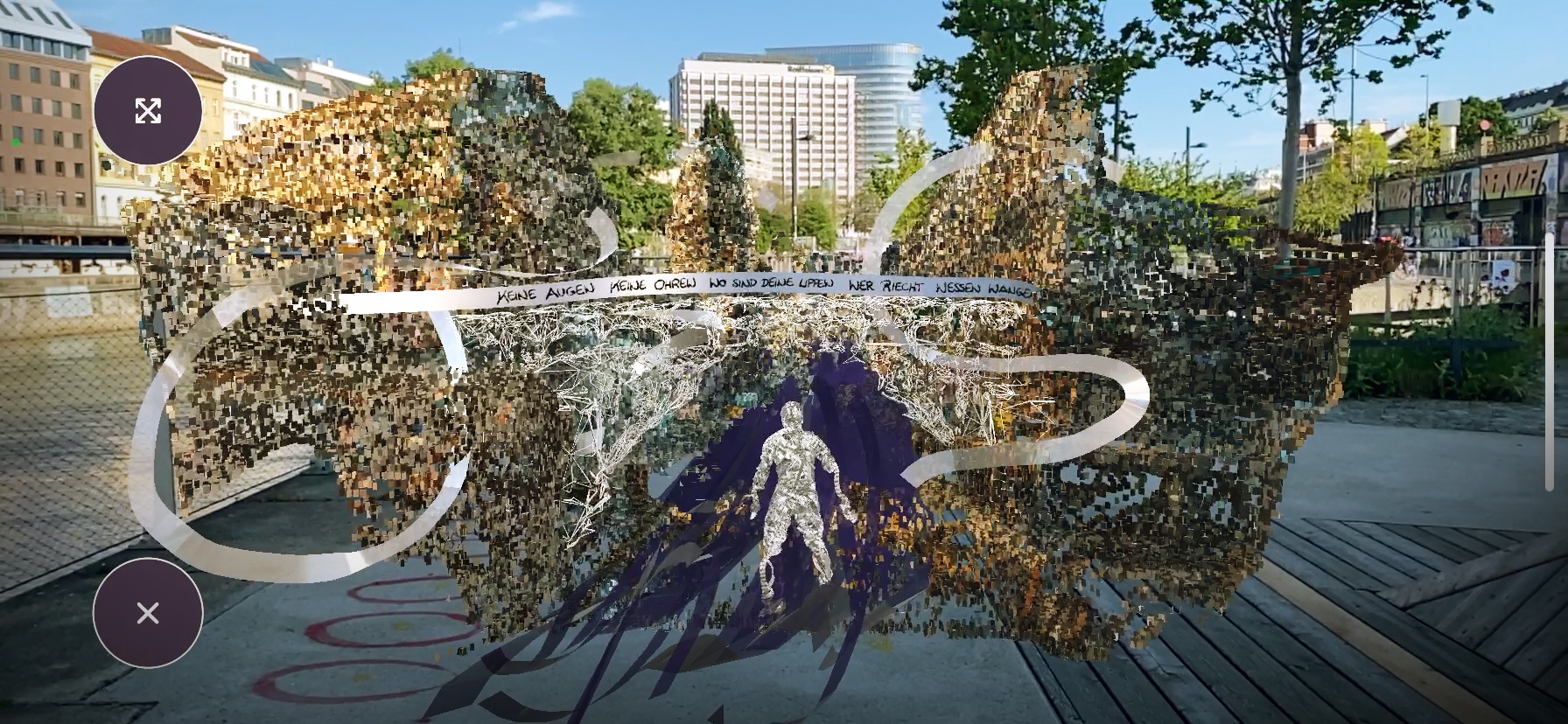From artwork to display
How can the unique quality of artworks be conveyed in digital space? How can analogue and digital be combined aesthetically and productively? These were the central questions of the multi-year research project “From Artwork to Display” at the Kunstmuseum Stuttgart and the Kunsthalle Mannheim, in which fluxguide was involved as a creative sparring partner.
In collaboration with both museums, we developed concepts, designs and realisation ideas for 22 works of art. This resulted in new, experimental approaches to communication in virtual space, the technical realisation of which was undertaken by the company wegesrand. The result of this collaboration was presented at the opening of “From Work to Display” on 20 June in Stuttgart and Mannheim and streamed live on YouTube. If you missed the event, you can watch it here.

.

Digital “translation” of works of art
For each of the selected works – including objects from the 19th century to contemporary works – an individual digital presentation form was developed as episodes. For example, visitors can now interactively explore the interplay of colour, form and contrast in Johannes Itten’s painting “The Bach Singer” by digitally colouring the painting in a complementary way and comparing it with the original in terms of the pictorial effect.
In the episode on Otto Dix’s “Triptychon der “Großstadt”, the figures are brought to life virtually and narrate the depicted scenes from their perspective. After an intro with an audio introduction to the work, three figures emerge from the three parts of the triptych and can be moved freely across the painted landscape by the user. A soundscape accompanies the experience, changing depending on the section of the painting. Further content is waiting to be discovered at various hotspots. In this way, the complex narrative within the painting can be explored and experienced by users through avatar-based storytelling.
.

.
Édouard Manet’s work “The Shooting of Emperor Maximilian” (1868-69) from the collection of the Kunsthalle Mannheim was virtually overlaid with three other versions from museums in Boston, London and Copenhagen. The translation into digital format makes the development of the pictorial composition immediately apparent and comprehensible.
What all 22 episodes have in common is that they deliberately dispense with the classic mediation model of illustration and brief description and instead offer new and experimental approaches for the digital space. A direct comparison between the original and the digital translation is possible in the museum’s collection presentations.
The project was funded as part of the “Kultur Digital” programme of the German Federal Cultural Foundation.
Related posts



























